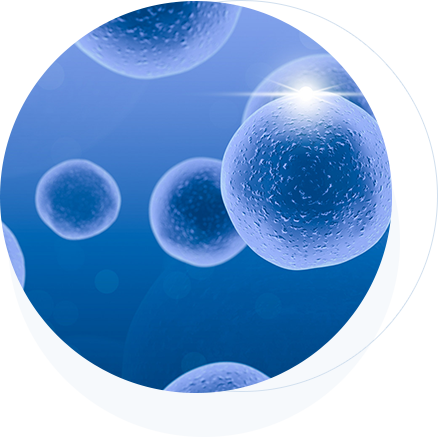


Adipose-derived stem cells are a kind of stem cells with multi-directional differentiation potential isolated from adipose tissue, which can differentiate into adipocytes, osteoblasts, chondroblasts, nerve cells, muscle cells, vascular endothelial cells and other cells[1-2].
Adipose-derived stem cells are an ideal source of adult stem cells. Compared with stem cells from other sources, adipose-derived stem cells are excellent tissue engineering seed cells with advantages of strong self-renewal, in vitro proliferation, abundant sources, convenient materials acquisition, high yield, low immunogenicity and high safety[3-4]. It has broad application prospects in the fields of disease treatment, cosmetic plastic surgery, anti-aging and other fields .
As we get older, our tissues and organs will also decline or develop lesions. The root cause of body aging is the decrease in the number and activity of stem cells. Therefore, when you are healthy, adipose-derived stem cells are stored in a deep cold liquid nitrogen tanks at -196℃ for provide protection for good health. Dongguan Life Bank is a clinical-level comprehensive cell bank with international quality standards and can provide adipose-derived stem cells storage services.
[1]Li Ying, Li Xiaobing. Biological characteristics and differentiation studies of human adipose-derived stem cells [J]. Medical Information, 2020,33 (1): 89-93.
[2]Chun SY,Lim J,Lee EH,et al.Preparation and Characterization of Human Adipose Tissue-Derived Extracellular Matrix,Growth Factors,and Stem Cells:A Concise Review [J].Tissue Eng Regen Med,2019,16(4):385-393.
[3] Tian Lin, Sun Xiaofang, Liu Haibo, Luo Yumei, Chen Xinjie, Huang Dongjian. Isolation and culture and biological characteristics of human adipose-derived stem cells [J]. China Journal of Tissue Engineering Research, 2012,16 (32): 5946-5952.
[4]Desai VD, Hsia HC, Schwarzbauer JE.Reversible modulation of myofibroblast differentiation in adipose-derived mesenchymal stem cells.PLoS One.2014,9(1):e86865